-
Petunia’s Christmas by Roger Duvoisin
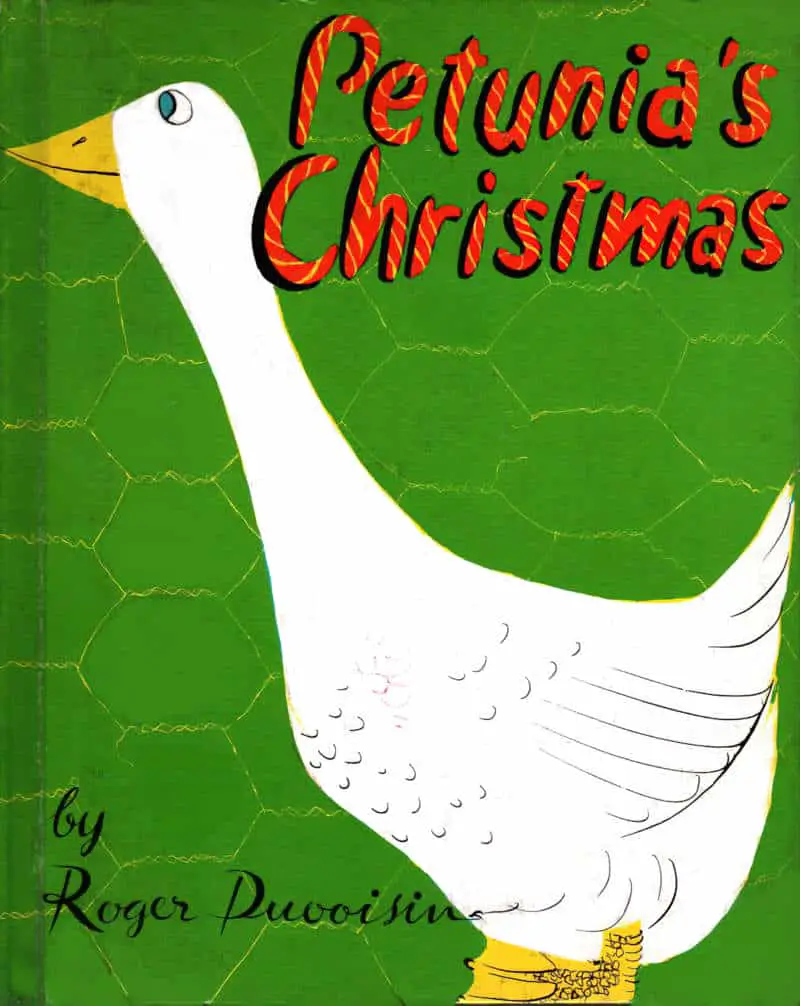
The first of Duvoisin’s Petunia series was published in 1951. Petunia’s Christmas came along the following year.
-
Raven and Crow Symbolism
What does the raven symbolise in art and literature? Also, how do different cultures view ravens, and how are ravens different from crows?
-
Pigeons In Art and Storytelling
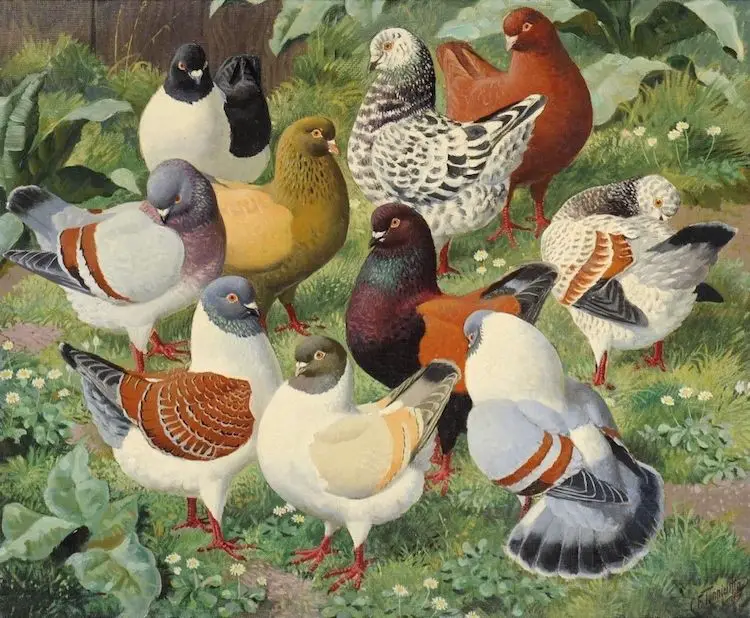
I couldn’t tell you the name of most birds in the world. In fact, I know just a tiny proportion of them. But everyone knows the pigeon. Pigeons proliferate in our cities. Why? Long story short because humans brought them there, just like they brought rabbits to Australia and so on. Pigeons in cities thrive. […]
-
The Landlady by Roald Dahl Analysis
Have you ever arrived alone in a new town at dusk, faced with the task of finding a safe and affordable place to spend the night? If so, did you manage this without the use of a smartphone, the Internet and Google reviews? One of my favourite narratives about this experience is by Bill Bryson, […]
-
The Swan by Roald Dahl Short Story Analysis
Roald Dahl did his level best to ruin swans for us. Personally, I didn’t need Dahl’s input in that regard. None of this is the poor mother swan’s fault. This story ruins swans by association. If you haven’t read it yet, be warned. The story features animal cruelty and bullying.
-
The Seven Ravens Fairytale Analysis
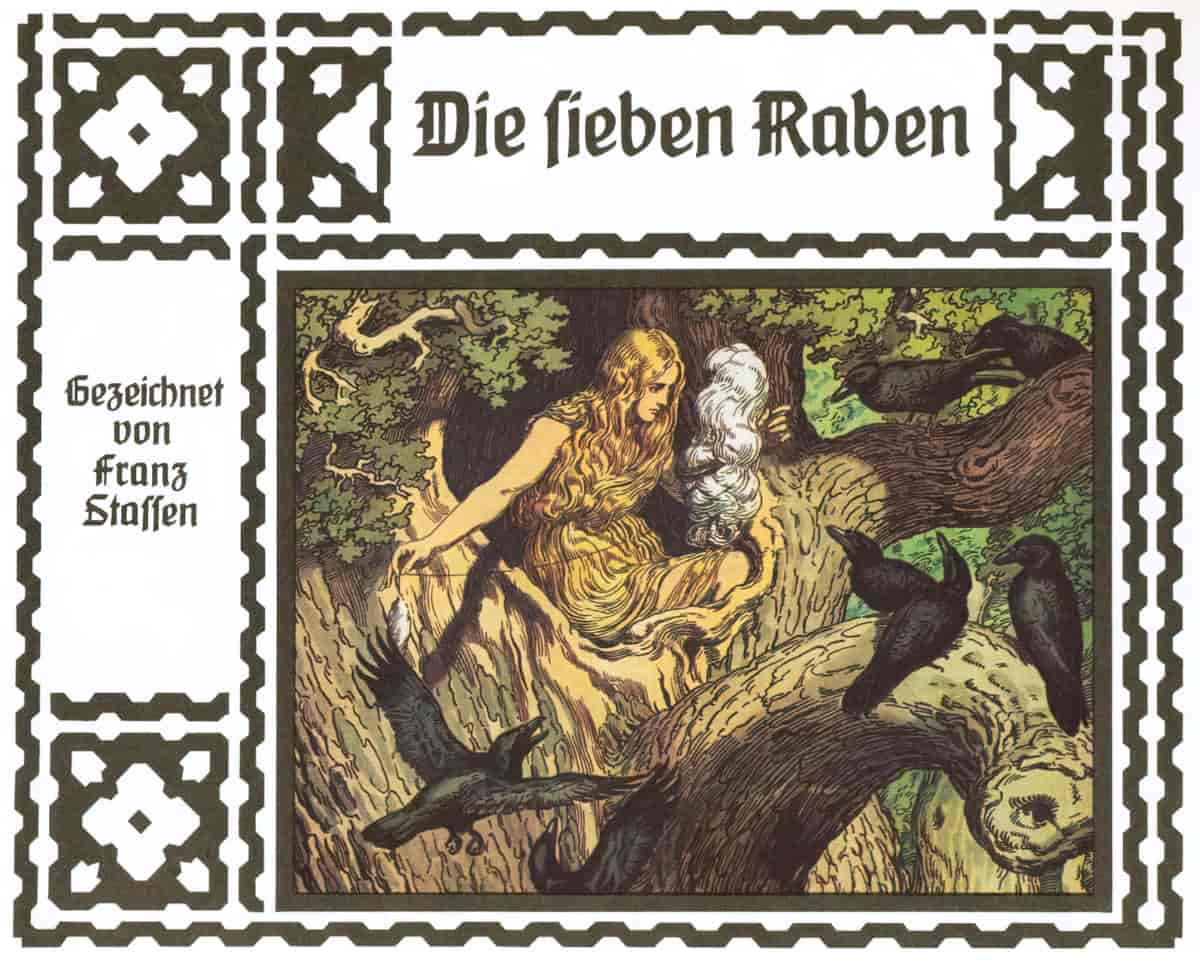
“The Seven Ravens” is a fairytale collected by the Grimm Brothers. In an earlier time, this tale would emphasise the importance of family, with a moral lesson of obedience and respect towards parents.
-
The Birds by Daphne du Maurier Short Story Analysis
“The Birds” is a short story by British author Daphne du Maurier. Alongside Rebecca, “The Birds” remains her best-known work.
-
What do birds symbolize in literature?
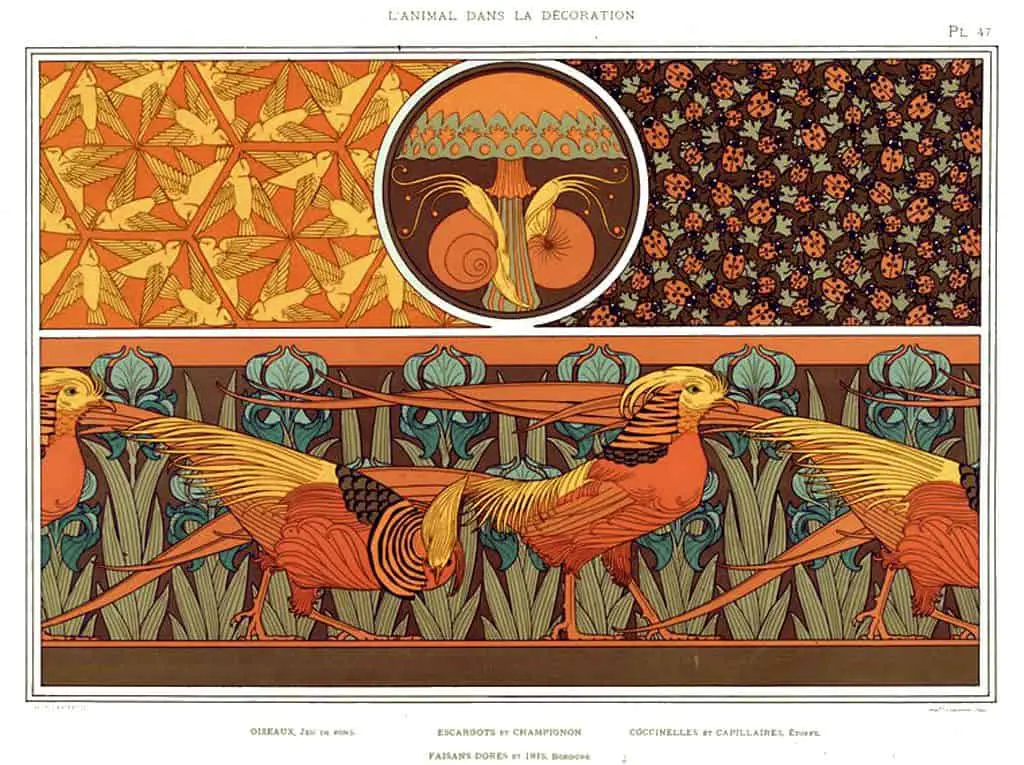
Birds are much older than we are — living dinosaurs. Across cultures, birds function as smart collaborators with humans. We now know how smart (some) birds really are, but we have long had a sense of their canniness. The smartest bird in the world is currently thought to be the New Zealand Kea, which isn’t so great if you live…
-
Owl At Home by Arnold Lobel Analysis
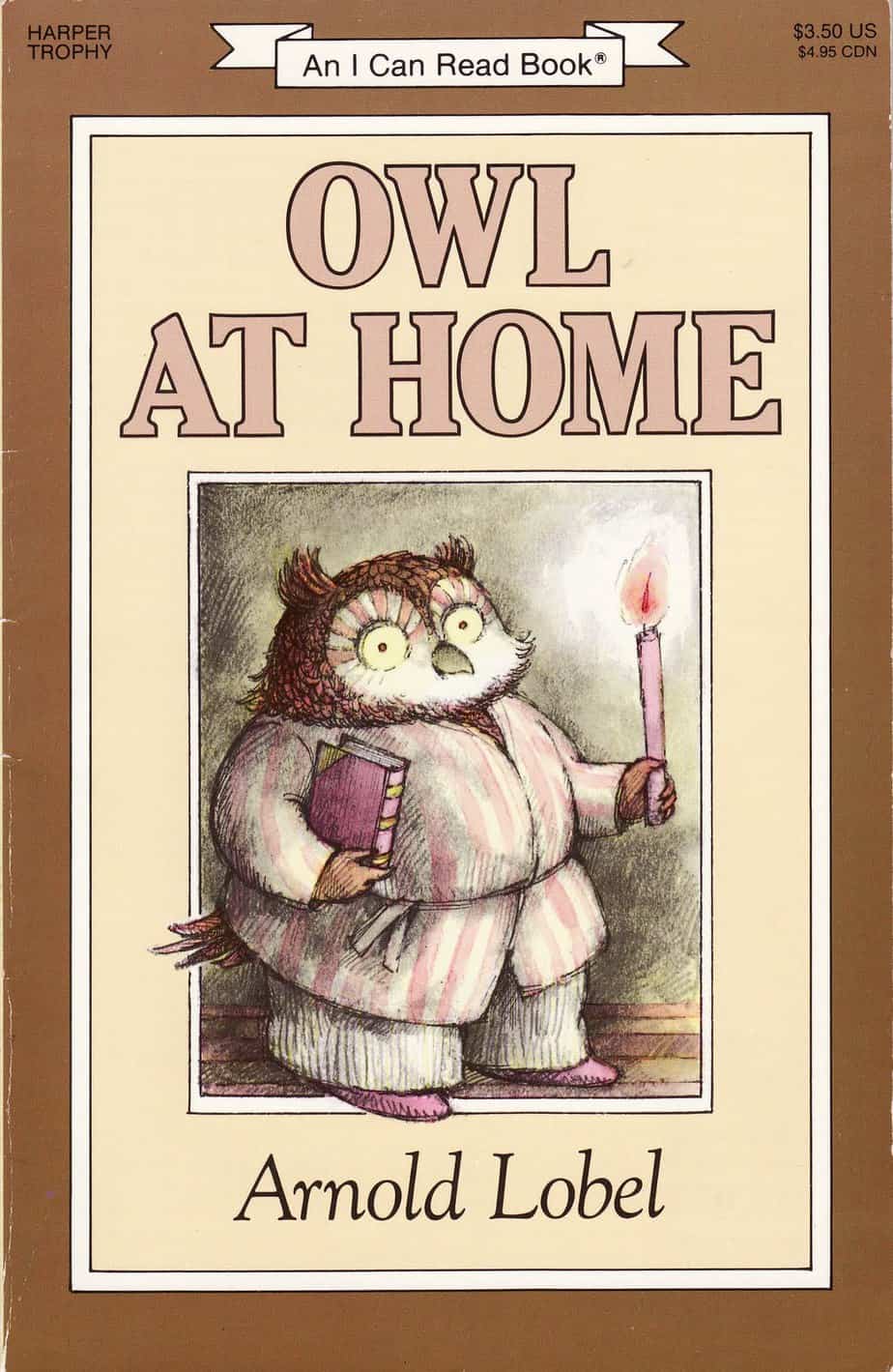
Owl At Home is a 1975 picture book written and illustrated by Arnold Lobel. The book comprises five very short early reader stories about a kind, anxious and lonely owl. These owl stories, along with the frog and toad stories come from the second phase of Lobel’s creative career, in which he tapped into his […]
-
Wheel On The Chimney by Wise Brown and Gergely 1954
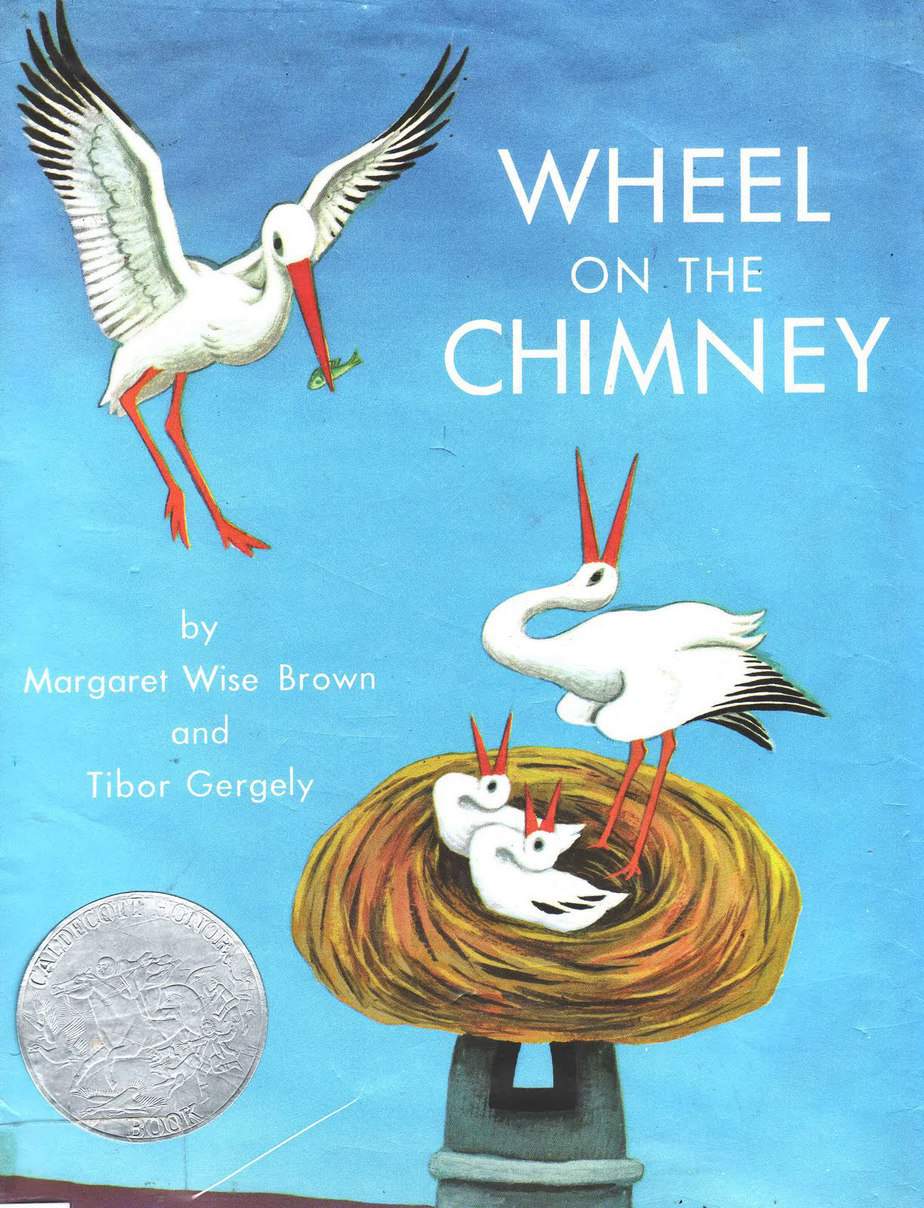
Wheel On The Chimney is a calm, bird-focused storified description of an old custom observed throughout various parts of Southern Europe.
-
Mr Reginald Peacock’s Day by Katherine Mansfield Short Story Analysis
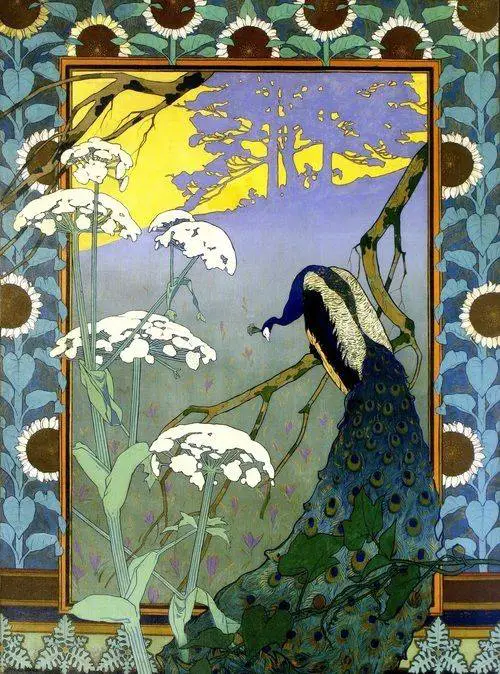
r Reginald Peacock’s Day” (1917) is a short story by Katherine Mansfield, functioning mainly as a character study.
-
Wait Till The Moon Is Full by Wise Brown and Williams Analysis
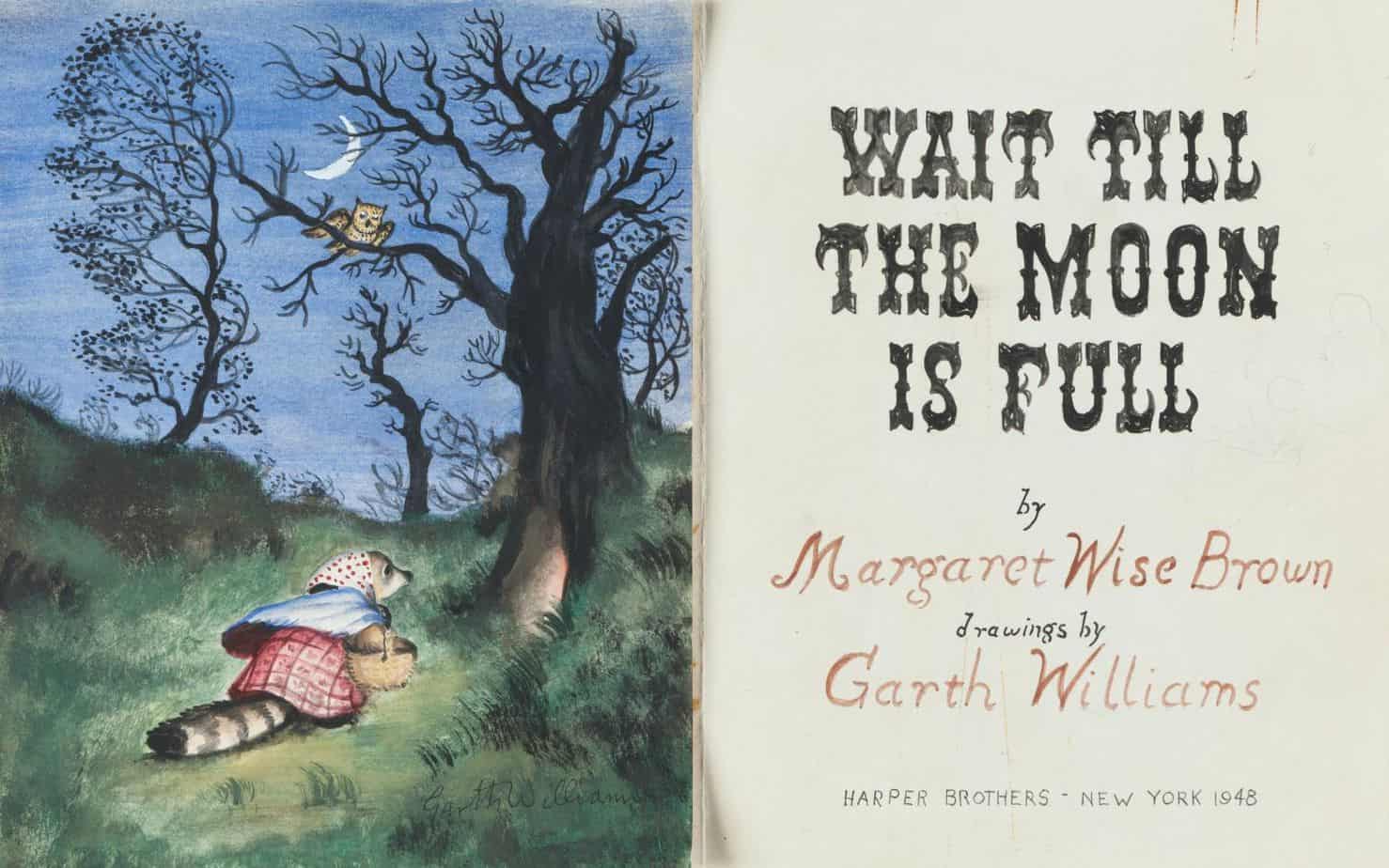
Wait Till the Moon Is Full is a 1948 picture book written by Margaret Wise Brown with pictures by Garth Williams. The story has carnivalesque elements, a gentle utopian storyline and a well-drawn mother figure, who is safe and warm but who also joins her son in his imaginative play.
-
The Crows of Pearblossom by Huxley and Cooney Analysis
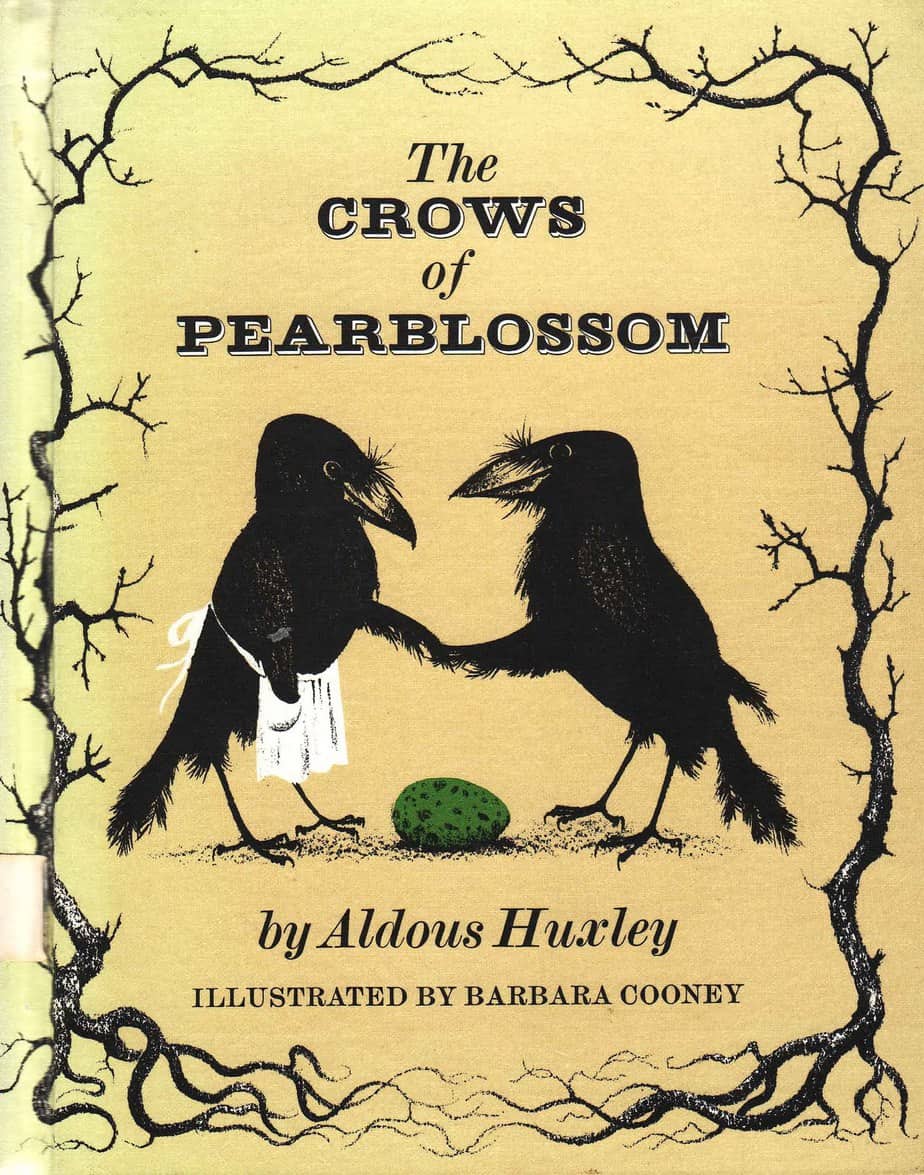
The Crows of Pearblossom by Aldous Huxley illustrated by Barbara Cooney (1917-2000) published in 1967
-
Fly Homer Fly by Bill Peet Analysis
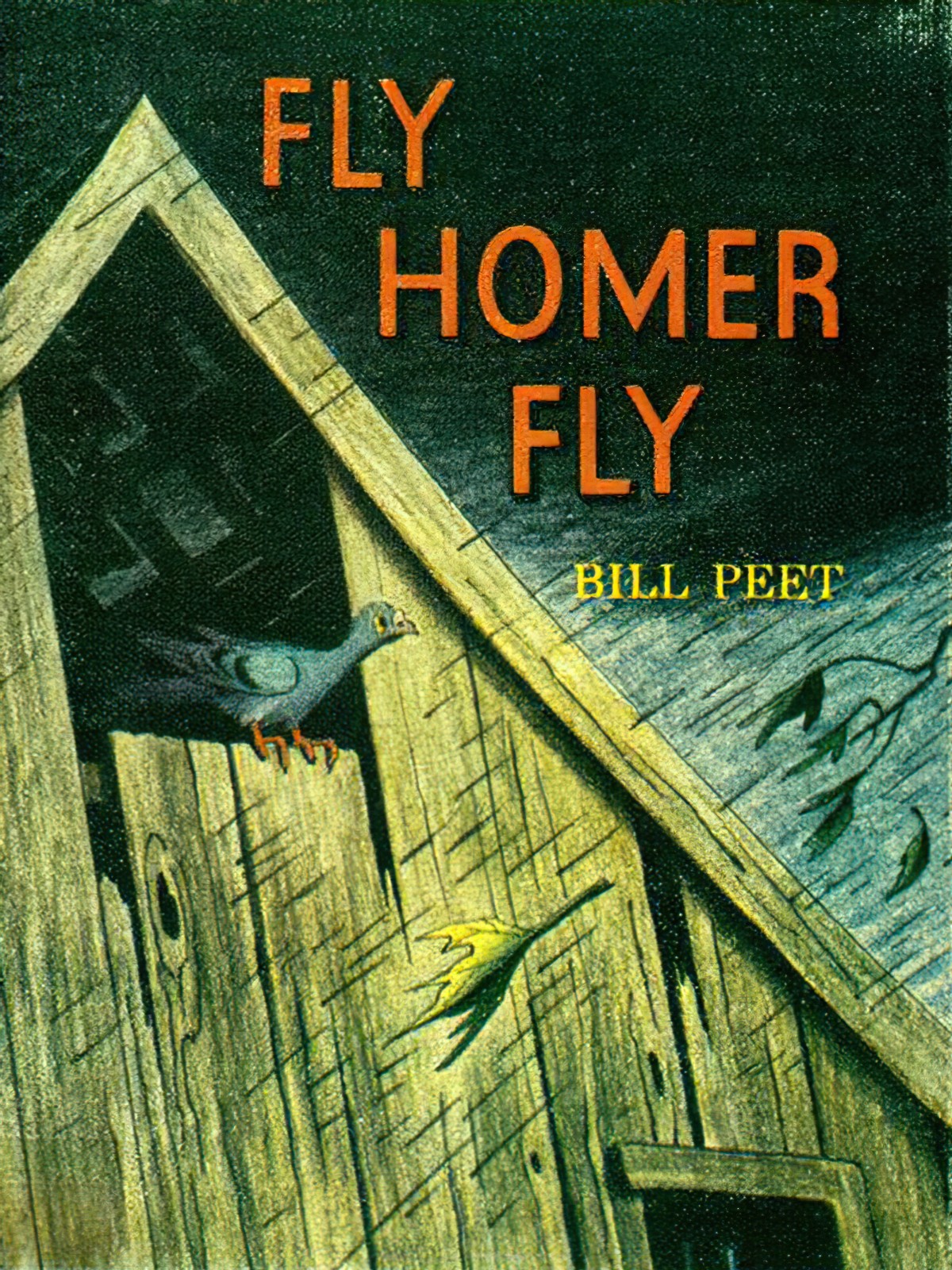
Fly Homer Fly is a 1969 picture book of 64 pages written and illustrated by Bill Peet who died in 2002 after a long career in children’s storytelling.
-
The Cider Duck by Joan Woodberry Analysis
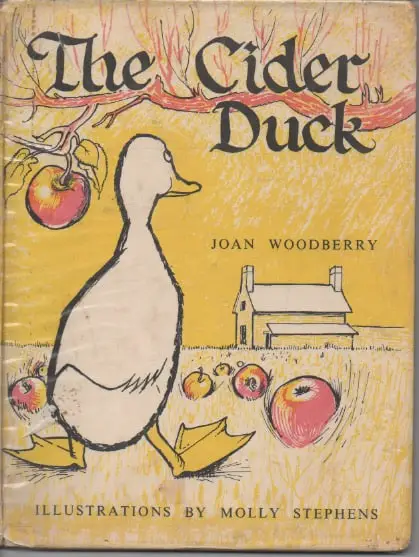
The Cider Duck (1969) is an Australian picture book written by Joan Woodberry and illustrated by Molly Stephens. ABOUT THE AUTHOR AND ILLUSTRATOR Joan Woodberry (1921-2010) was an influential, widely-travelled Tasmanian feminist whose efforts made women’s lives palpably better in Tasmania. Finding information on Molly Stephens is a little more difficult partly because she was […]